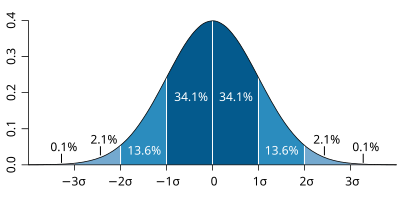e-Access'15 conference
Morning
First, a mention for #AXSchat – an online conversation that happens each Tuesday 20-21:00 UTC/GMT on Twitter – on all things accessibility and inclusion-related in business on the web and beyond. Run by @neilmilliken and @akwyz.
Greetings!
On the 24 February, I attended the e-Access’15 conference chaired by the excellent Dan Jellinek of Headstar and Nigel Lewis of AbilityNet. This is the ninth year that the conference on digital accessibility has been successfully run. As in previous years it was a one-day conference in central London.
To start us off, Amar Latif gave a great speech about his life as a documentary maker, actor and entrepreneur. He talked about his three Is – independence, inspiration and innovation. And, he discussed his work on the 2005 documentary, Beyond Boundaries, founding the international travel agency for blind and sighted travellers – Traveleyes, and his own experience of sight loss.
Kevin Carey’s talk on “The future of accessibility policy”, read by Nigel Lewis in his absence, was as you’d expect, thought provoking and challenging. I’m still digesting it now… He provocatively argued that accessibility evangelism, advocacy, and software development over the past two decades had largely failed. He called for a complete e-think of our approach. His proposal centred around analytics, “task completion rates” and peer-normative comparisons.
Kevin’s speech took me back to learning ergonomics (in the context of Applied Gerontology) back at Uni.. A simple ergonomics/ anthrometry example – as a 1.9m (6 foot 3 inch) person, with around a 34 inch inside leg, when I get on a bus or into an economy airline seat, I know I’ll be cramped. This is because the space is designed to suit the vast majority of the population, for example the “95 percentile” (or 93, 94, 96… percentile) who fall below me in a standard distribution of heights or thigh-bone length measurements. This approach lets designers, and their clients, know who they will design for, and who will be discomfited, excluded, or endangered by a design. It is an optimization technique that appears to date back to the ancient Greeks, predates anti-discrimination legislation, and when used appropriately is borne of good design, good business and pragmatism. That is, if we were to build buses and aeroplanes to sit tall people in comfort, then more people would stand in the rush-hour, and fewer of us could afford to fly.
[![alt text][img-id]][id] – IMAGE?
A concrete example of peer-normative/ task completion rate: “Customers generally take 5 minutes to buy train tickets through our online system. 70% of customers who self-declare with dyslexia take 10-15 minutes. 80% of customers who declare visual impairments give up. We’re not serving our customer needs, losing customers, we need to improve…“
Kevin’s suggestions may indeed be the way to go, as long as we can collect sufficient data to help drive decisions. It may hang on people’s willingness to self-declare their disabilities in online tools and services.
'SM' comments disabled.
'ID' comments disabled.

